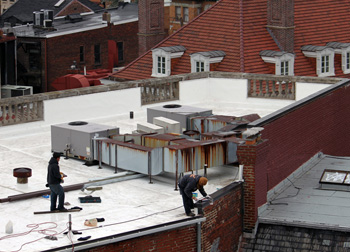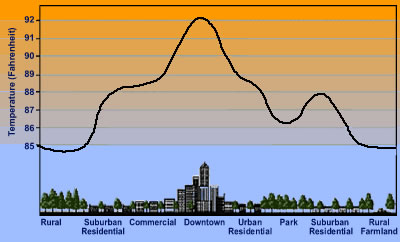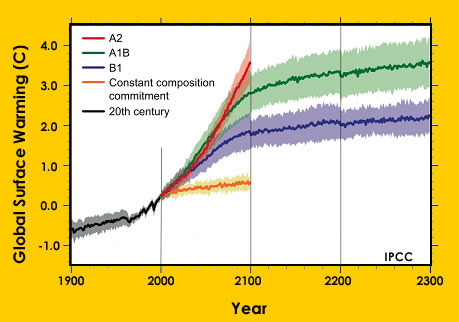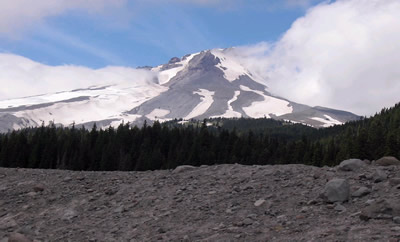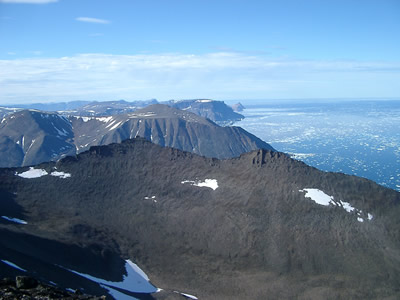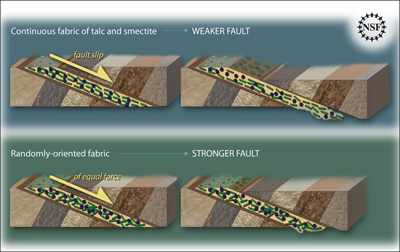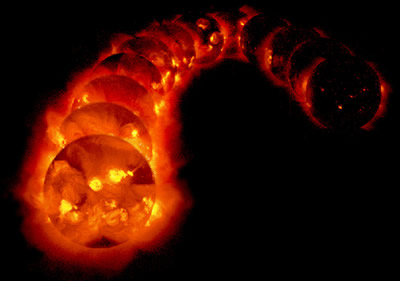Click on image for full size
Courtesy of Maria Jose-Vinas, American Geophysical Union
White Roofs May Successfully Cool Cities
News story originally written on January 28, 2010
Painting roofs white can cool cities. That’s what scientists discovered in a new study that used a computer model to examine how white roofs affect temperature.
"Our research demonstrates that white roofs, at least in theory, can be an effective method for reducing urban heat," says scientist Keith Oleson.
Cities are affected more by global warming than rural areas. Roads, dark roofs and other surfaces in cities absorb heat from the Sun. This creates an urban heat island effect that can raise temperatures 2-5 degrees Fahrenheit (about 1-3 degrees Celsius) or more, compared to rural areas.
White roofs would reflect some of that heat back into space and cool temperatures, much like wearing a white shirt on a sunny day can be cooler than wearing a dark shirt.
The study team used a newly developed computer model to simulate the amount of solar radiation that is absorbed or reflected in cities. The model results indicate that, if every roof were painted white, the urban heat island effect could be reduced by a third.
This would cool the world's cities an average of about 0.7 F. There would be more cooling during the day, especially in summer. Cities in different areas of the world would have different amounts of cooling. New York City, for example, would cool in summer afternoons by almost 2 degrees Fahrenheit.
In the real world, the cooling impact might be somewhat less because it’s hard to keep a roof looking white. Over time the white paint may darken with dust and decay. Some parts of roofs, such as vents, can’t be painted white.
White roofs would also cool temperatures inside buildings. This would have an impact on the amount of energy used to heat and air condition the space. Since most of this energy usually comes from fossil fuels, which release heat-trapping greenhouse gases into the atmosphere, white roofs could affect the amount of global warming too.


